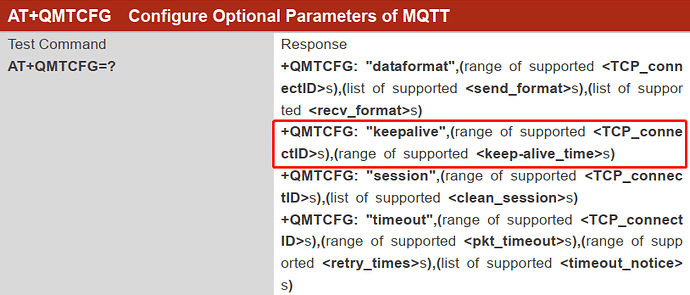Hello guys. Thanks in advance for your pieces of advice.
Could you tell if there is a good practice for the next case?
If shortly, IoT device communicates with MS Azure via NB-IoT. It communicates within an encrypted connection. The device sleeps almost all the time, it just publishes once per e.g. 12 hrs a message. It has to work e.g. for 5 yrs from one battery cell.
In details, what techs I assume to use:
- IoT device is controlled by one of: such MCU + BC66 as an NB-IoT module, or BC66 standalone
- IoT device communicates with Azure IoT Hub (via MQTT)
- The connection is secured (self-signed client certificates and Azure portal CA’s one are in test now)
-
EDRx is suggested to use
The awaited problem is that sending of certificates takes much of time (due NB-IoT tech low kb/sec rate) and accordingly drains the battery much. How to keep TCP connection alive for e.g. 12 hrs while in EDRx? Or any other better solution to keep up the POC purpose?
